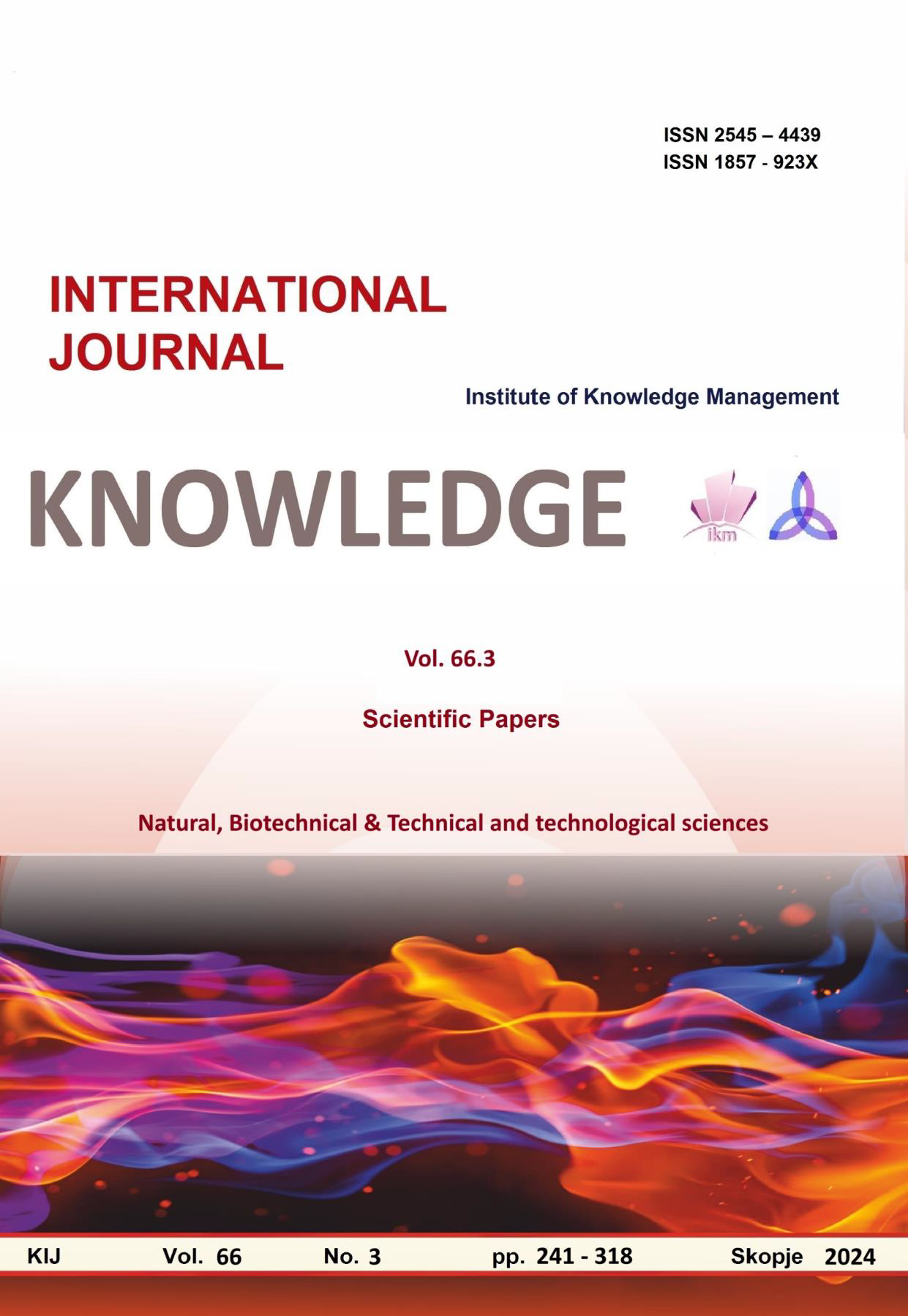ВЛИЈАНИЕТО НА ТРЕТМАНОТ НА ТОПЛИНА СО ВЛАГА ВРЗ ФОРМИРАЊЕТО НА ОТПОРЕН СКРОБ ВО ХРАНА ОД РАСТИТЕЛНО ПОТЕКЛО
THE INFLUENCE OF HEAT MOISTURE TREATMAN ON THE FORMATION OF RESISTANT STARCH IN FOOD FROM VEGETABLE ORIGIN
Author(s): Eleonora Delinikolova, Tatjana Kalevska, Viktorija Stamatovska, Vezirka JankuloskaSubject(s): Economy, Agriculture
Published by: Scientific Institute of Management and Knowledge
Keywords: Resistant starch;dietary fiber;heat moisture treatment
Summary/Abstract: Carbohydrates are one of the main macronutrients in the human diet and serve as a source of energy. Their share in nutrition has a key role in maintaining glucose homeostasis and overall health. Among them, starch is the most common digestible polysaccharide. It is found in the fruits, seeds, roots, nodules and leaves of plants, as well as in other ingredients prepared from them, which are then incorporated into a certain food product. Its structural components are amylose and amylopectin. Amylose constitutes 15% to 20% of total starch and is a linear polymer, in which α D glucose molecules are linked by α D--(1 4). Amylopectin is the main component of starch. The amylopectin molecule is branched and in it α D glucose molecules are linked by α D--(1 4) and α D--(1 6) bonds. Their ratio varies depending on botanical source and strongly influences the functional characteristics of the starch. In the digestion process, starch is broken down into monosaccharides and is mostly absorbed through the villi of the small intestine, on which the glycemic index of starchy food depends. According to the degree of digestion, it is divided into rapidly digestible starch (RDS), slowly digestible starch (SDS) and resistant starch (RS). RS is defined as the fraction of dietary starch that is not digested in the small intestine and passes unchanged into the large intestine, where it is fermented. This form of starch exhibits physiological characteristics similar to dietary fiber and has numerous health benefits. In cereals, whole grains, legumes, potatoes and fruits, RS is naturally present. However, the method of preparation, storage temperature, type and density affect the amount of RS in this food. In order to improve the physico chemical and nutritional properties of natural starch, as well as to expand its application in the food industry, procedures with physical modifications are applied. Thermal processing of starch can affect the utilization of nutrients, increase the content of RS and improve the overall nutritional profile of the food. The development of products with a modified amylose amylopectin ratio can increase the level of RS in food. In this literature review, available scientific knowledge is summarized, with special attention on impact of heat moisture treatment (HMT) on starch, as a procedure to obtain products with increased content of resistant starch and improved and modified nutritional properties.
Journal: Knowledge - International Journal
- Issue Year: 66/2024
- Issue No: 3
- Page Range: 267-274
- Page Count: 8
- Language: Macedonian

